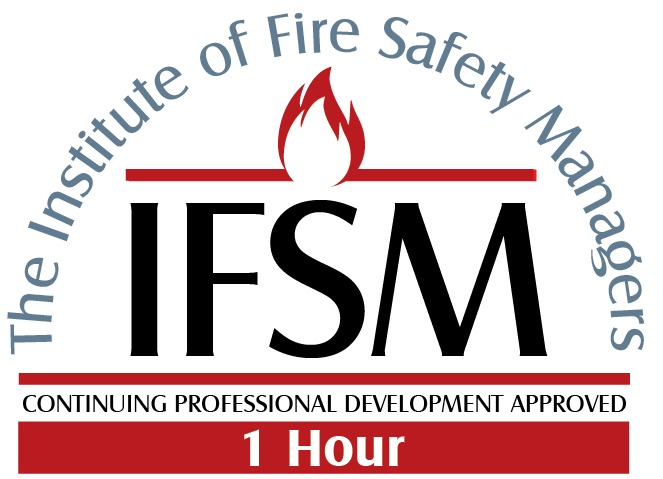ISPS and ISM Compliance
Our definition of ISPS and ISM compliance is centred on the basic principle that effective risk management rests on the ability of all involved to appreciate the realities that threaten the security and safety of modern-day shipping. Our maritime security training courses complement these services perfectly, all tailored to the needs of your organisation. In sharp contrast to off-the-shelf products and a formalistic approach to security and safety management, we ensure that our clients' actual risks are addressed in an appropriate manner.
ISPS Code Compliance
The International Ship and Port Facility Security (ISPS) Code is a comprehensive set of measures designed to strengthen the security of ships and the ship-port interface (port facilities). In EU Member States it is implemented through the EU Regulation on enhancing ship and port facility security (725/2004). The Code has two parts, one mandatory (Part A) and one consisting of guidance (Part B). The EU regulation makes some of Part B of the ISPS Code mandatory.
The Code takes the approach that ensuring the security of ships and port facilities is a risk management activity and that, to determine what security measures are appropriate, an assessment of the risks must be made in each particular case.
Wavetrain has extensive experience in preparing both Port Facilities and ships for ISPS compliance. This experience means that we can very quickly conduct the necessary On-scene Security Survey/Ship Security Assessment and produce an ISPS compliant plan using either our own format or that preferred by the client. In the case of Port Facilities we will carry out the Port Facility Security Survey and produce an ISPS compliant plan, either using our own format or that required by the Contracting Government.
ISM Code Compliance
The purpose of the International Safety Management (ISM) Code is to provide an international standard for the safe management and operation of ships and for pollution prevention. The Code's origins go back to the late 1980s, when there was mounting concern about poor management standards in shipping. Investigations into accidents revealed major errors on the part of management, and in 1987 the IMO Assembly adopted resolution A.596(15), which called upon the Maritime Safety Committee to develop guidelines concerning shore-based management to ensure the safe operation of ro-ro passenger ferries.
The Code establishes safety-management objectives and requires a safety management system (SMS) to be established by "the Company", which is defined as the owner or any other organisation or person, such as the manager or bareboat charterer, who has assumed responsibility for operating the ship and who, on assuming such responsibility, has agreed to take over all duties and responsibility imposed by the Code.
The Company is then required to establish and implement a policy for achieving these objectives. This includes providing the necessary resources and shore-based support. Every company is expected "to designate a person or persons ashore having direct access to the highest level of management" in order to provide a link between the company and those on board.
The procedures required by the Code should be documented and compiled in a Safety Management Manual, a copy of which should be kept on board.
Wavetrain will work with you to produce all of the procedures, documentation and policies necessary to establish a Safety Management System bespoke to your operation. By ensuring that the ISM code is properly implemented in this way, the client will reap the benefit of improved safety on board their vessels, increase efficiency and reduce the risk of costly delays caused by detentions during Port State Control inspections.
Verification Auditing
For Companies and Port Facilities that are already ISM and/or ISPS compliant, Part A Para 12.4 of the ISM Code and Part A para 16.3.1 of the ISPS Code require that personnel conducting internal audits shall be independent of the activities being audited.
By engaging a Wavetrain consultant to undertake these audits, the client can be confident that any deficiencies and/or non-conformities in their systems will be revealed and can be rectified in good time, before a subsequent external audit by the Flag Administration or Designated Authority. As well as achieving regulatory compliance, this ensures that potential risks arising from any lapses in safety or security management are mitigated.






